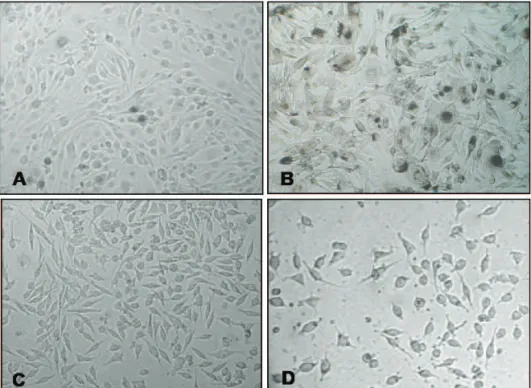Rev. bras. farmacogn. vol.23 número2
Texto
Imagem




Documentos relacionados
The results showed that the ethanol extracts, methoxylated flavonoids and naphthopyranone fractions exhibited no significant activity against M.. Further, biological
Extract could present protective effects against MMS induced damages in the root meristem cells of Allium cepa.. Materials
Although the glycerin, used as vehicle, is considered an osmotic laxative by producing water retention in the intestinal lumen, stimulating the secretion of fluid
angustifolia , as an antioxidant, using the model of the DPPH radical as an antiviral against human herpes virus type 1 (HSV-1) and acute toxicity in vivo.. The
Values of body weight, food intake, water intake and urinary volume from diabetic rats treated during 21 days with 500 mg/kg of metformin (DMet) and with 250 (DT250) or 500
occidentalis in the treatment of CNS related disorders, this study was conducted to investigate the anxiolytic and sedative activities of the hydroethanolic
Although the replacement of a substantial part of the content of type-III collagen for type-I molecules during the healing process is an absolutely expected phenomenon (Rich &
We performed pharmacological studies to show that glibenclamide significantly reversed the protective effects of PLS against ethanol-induced gastric damage, which showed the